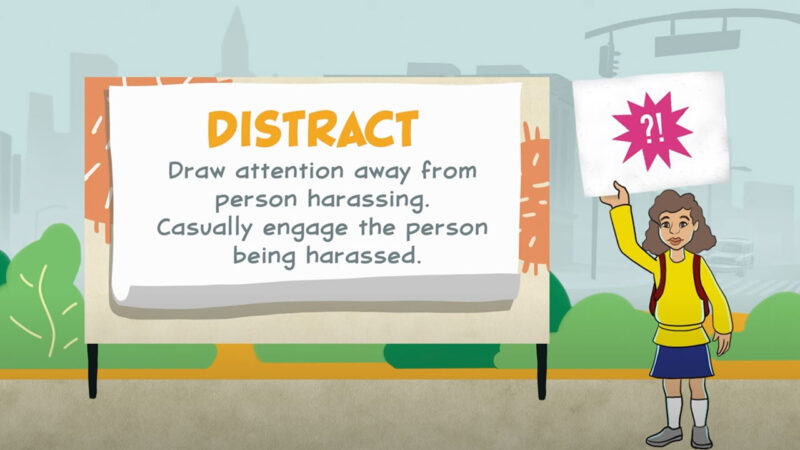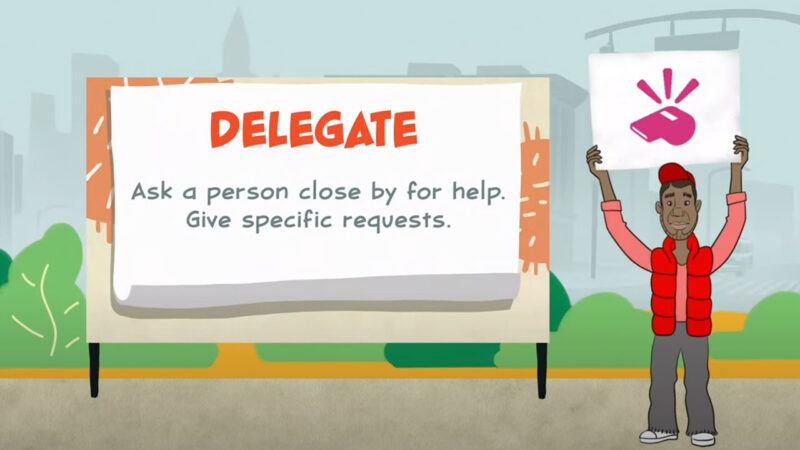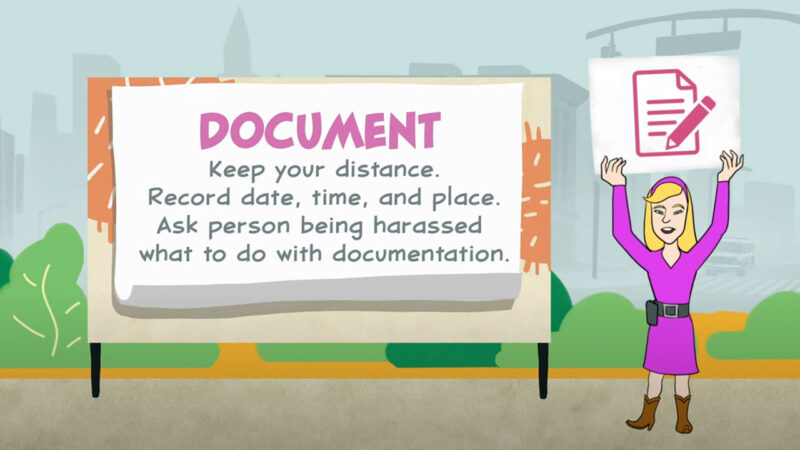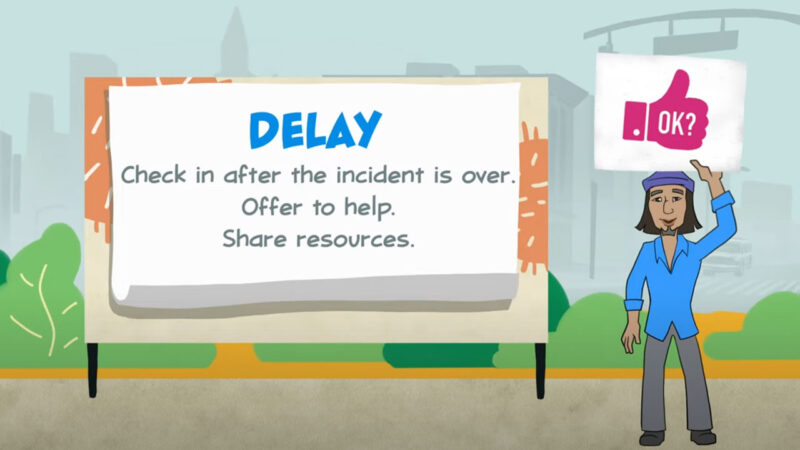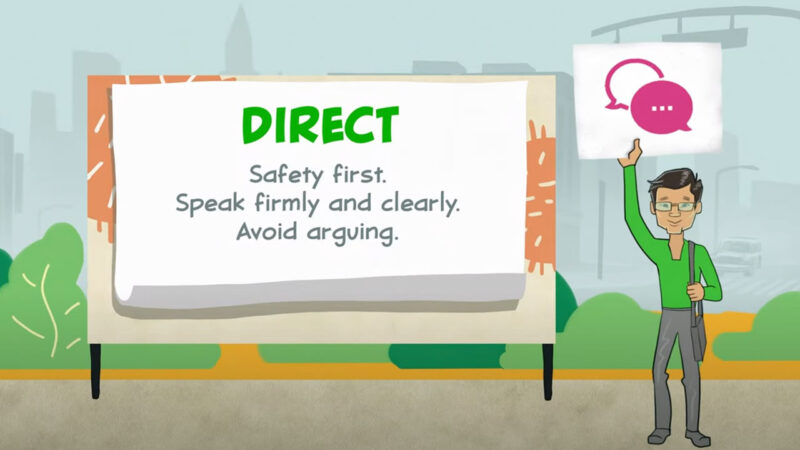‘We should all feel empowered to safely intervene in situations of harassment’
There is no perfect response to harassment, but the 5Ds of bystander intervention offer simple tactics to safely intervene and help others reduce trauma, writes Emily May, president, co-founder, and lead executive officer of Right to Be.
Editor’s note: Our Viewpoints series invites guest authors from outside of Wells Fargo to share their important views and perspectives related to their work. Today, we welcome Emily May, president, co-founder, and lead executive officer of Right to Be.
Finding yourself in a situation where you're being harassed and the people around you do nothing can be traumatic. But what if you're on the other side, and you're a bystander who wants to help but doesn't know how or is simply too afraid to speak up or step in?
Many people don’t know how to safely intervene when they witness harassment, especially if they feel their identity may put them at greater risk. As a bystander, it is not your responsibility to have the perfect response, because there is never a perfect response. It is the responsibility of people harassing not to harass others.
We should all feel empowered to intervene in situations of harassment, and the good news is that there are ways to do so safely.
Right To Be’s 5Ds of bystander intervention are different methods — Distract, Delegate, Document, Delay, and Direct — that you can use to support someone being harassed while also keeping yourself safe.
By intervening as an ally, you reduce trauma for the person experiencing harassment and show them that they aren’t alone. You are also helping give them back their power in what feels like a powerless situation.
Asian Americans Advancing Justice, Right To Be (formerly Hollaback!), and AARP – with the support of Wells Fargo – joined forces with Comcast NBCUniversal to develop a series of videos in multiple languages to teach people how to take action as a bystander when they witness harassment using Right To Be’s 5Ds of bystander intervention.
1. Distract
Distraction relies on de-escalating harassment by drawing attention away from it. You can do this by casually engaging the person experiencing the harassment or by creating a literal distraction like dropping something. Distracting also serves as a way of showing the person causing harm that there is now another person there, which can sometimes stop the behavior immediately. The most important takeaway is that you are to engage with the person experiencing harm — not the person causing the harm.
2. Delegate
Ask a person close by for help. This could mean asking the person sitting next to you or finding someone in a position of authority, like a coach, team manager, or security. Give specific instructions for how they can help. Online, consider reporting harassment to the platform where it happened. Always check in with the person being harassed before calling the police. Delegating is not about passing the buck to the next person to take on harassment. It’s about building a community of interveners. It’s about clearly and publicly establishing a norm that harassment and mistreatment aren’t acceptable, and it’s about and getting help — in the moment — to take care of someone experiencing harassment.
3. Document
Make sure someone is helping first. Then, from a safe distance, record the date, time, and place where the harassment took place. Ask the person who experienced the mistreatment what they would like done with the documentation. Documentation as an intervention tool works well in conjunction with the other strategies. If someone is already helping, consider documenting. If you don’t feel safe intervening, consider delegating first and then documenting.
4. Delay
Check in after the incident is over. Offer to help. Share resources. Sometimes an incident of harassment happens so quickly that there isn’t time to intervene in the moment, but you can still make a difference even after it’s over by validating the person’s experiences: Yes, that happened. No, it wasn’t OK. And no, you’re not alone.
5. Direct
Direct is the only one of the 5Ds that involves directly confronting the harasser, which means it also has the biggest safety risk. Speak clearly and directly, and avoid arguing.
This isn’t about heroics or swooping in to save the day. Like all other forms of bystander intervention, it's about prioritizing the person being harassed; only this time, before turning your attention to them, you’re clearly but firmly setting a boundary with the person doing the harassing.
While there is no perfect response to witnessing harassment, following the 5Ds of bystander intervention can help you safely intervene the next time you observe someone being mistreated.
Wells Fargo prohibits harassment of any of our employees and expects employees to report harassment, whether it’s directed at you or something you’ve witnessed toward someone else. Wells Fargo policy does not include an obligation for employees to intervene. Employees should not intervene if they do not feel safe or if such intervention violates Wells Fargo Policy.



